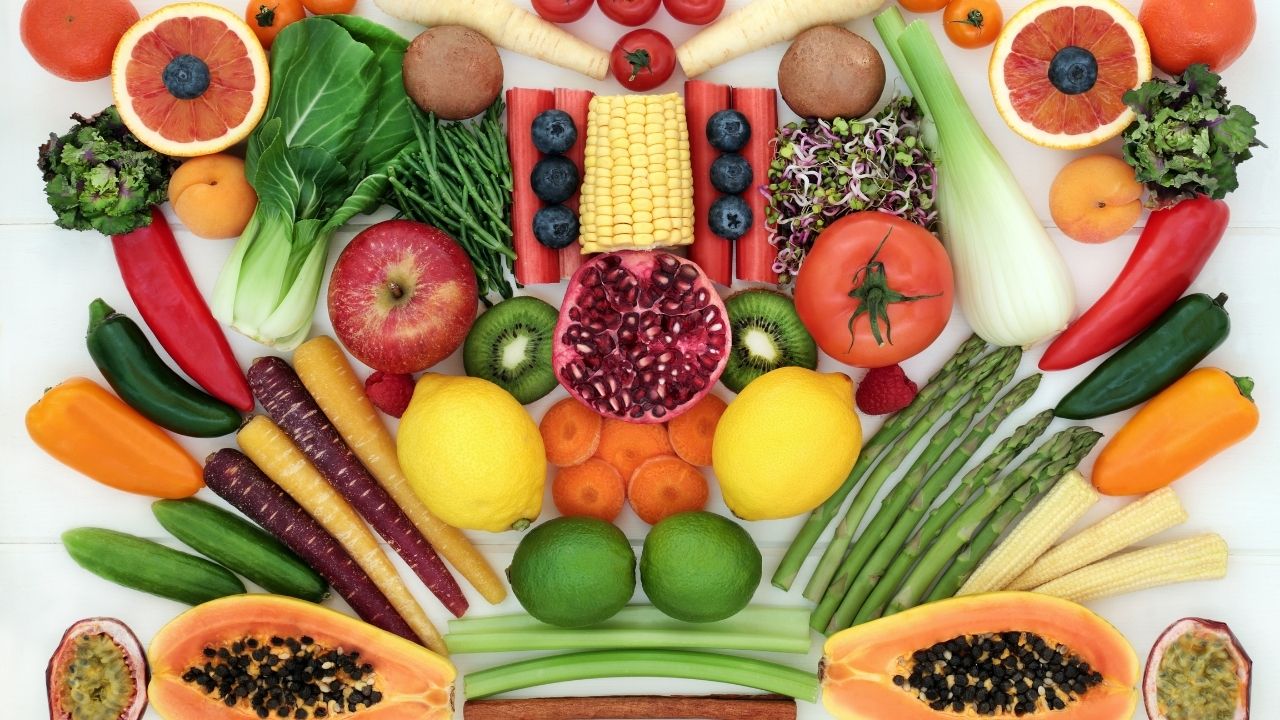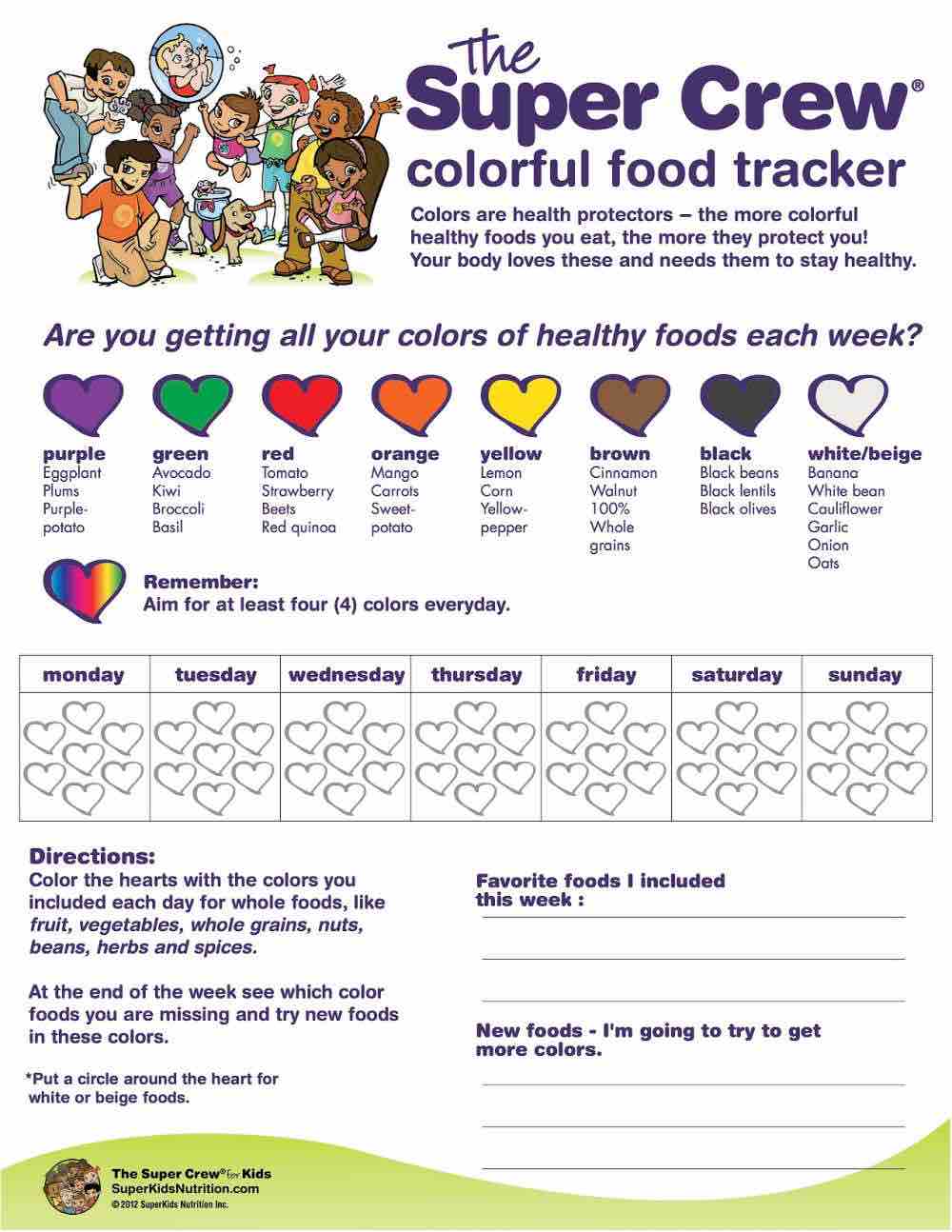
MyFoodPlate helps you visualize a healthy meal. It's easy to use, and it covers a wide range of food groups. The system recommends that at least half of your food plate come from these food groups. MyPlate teaches you how balance your portions so that you have a longer, fuller feeling. MyPlate doesn't contain fruit. This is a problem. People are also unable to eat fruit at lunch or dinner.
You'll need other sources for protein and vitamins if you don’t eat meat or poultry, fish, or dairy. The red portion of the plate may be slightly smaller than that of the green. You will need to ensure you eat enough fruits, vegetables and other foods to fill the entire plate. It's important to eat as much fruit and vegetables as you can. As a rule, you should have one or two pieces of fruit on your plate.

In addition to fruit and vegetables, you'll need to eat a variety of other foods to ensure that you get all of the nutrients you need. You will need to choose from a variety meat proteins if you intend to eat lots of meat. You cannot replace meat with tofu, but you can use other high-protein sources for protein. A wide range of low-fat dairy products, as well other dairy products should be consumed in addition to meat.
MyPlate was designed to replace MyPyramid's icon. Critics had previously criticized MyPyramid's abstractness and difficulty in understanding. The new icon places fifty percent more emphasis on fruits and veggies, which makes the nutritional guidelines much easier to understand. The original Food Pyramid wasn't very effective and left out recommended daily amounts for many foods. MyPlate was created in order to make it as simple as possible to find nutritional information.
The MyPlate may not be perfect. Each day, you should eat from all four food categories. Also, you need to limit the amount of sugar and saturated oil that you consume. A lot of fruits and veggies is a good way to avoid developing heart disease. The MyPlate may be more beneficial for your heart health than you realize. There is no right or wrong food. You can get healthy eating habits started today by following the MyPlate.

MyPlate contains fiber in addition to fruits and vegetables. Fiber is an essential element of your diet. You can find a lot of fiber in fruits, vegetables, and other foods. They are also rich in fiber, which is vital for your overall well-being. Moreover, MyPlate has a MyPlate icon that shows you what food groups you need for a balanced diet. MyPlate offers many health benefits. It's not just a great tool to help you build a healthy diet.
FAQ
What should you eat?
Take in lots of fruits and veggies. These fruits and vegetables are high in vitamins, minerals, which can help you keep your immune systems strong. Vegetables and fruits are high in fiber which helps to digest and fill you up. At least five servings of fruits and vegetables should be consumed each day.
Get plenty of water. Water flushes toxins from the body and gives you a full feeling between meals. Drink about eight glasses each day.
Consume whole grains and not refined. Whole grains are rich in nutrients such as iron, zinc and magnesium. Refined grain has lost some of its nutrition.
Avoid sugary beverages. Sugary drinks are high in empty calories and can lead to obesity. Instead, you can opt for water or milk, as well as unsweetened herbal teas.
Avoid fast food. Fast food has very little nutritional value. It may taste great but it won't give you the energy you need to function properly. Use healthier options, such as soups, sandwiches, salads, and pasta.
Reduce your alcohol intake. Alcohol is a poor nutrient and has empty calories. Limit the number of alcoholic beverages you consume per week to no more that two.
Red meat consumption should be reduced. Red meats have high levels of cholesterol and saturated fat. Lean cuts of beef or pork, lamb and chicken, as well as fish, are better choices.
These are 5 ways you can live a healthy and happy life.
Healthy living means eating right, exercising regularly and getting enough sleep. It also involves managing stress and having fun. Avoiding sugar and processed foods is key to eating well. Exercise strengthens your muscles and helps you lose calories. You can improve your memory and concentration by getting enough sleep. Managing stress reduces anxiety and depression. Fun is key to staying young and vibrant.
What's the difference between a calorie and kilocalorie?
Calories measure the energy content of food. Calories are a unit of measurement. One calorie equals one degree Celsius of energy to raise water temperature by 1 gram.
Kilocalories can also be used to refer to calories. Kilocalories are measured in thousandths of a calorie. 1000 calories are equal to one kilocalorie.
What is the most healthful lifestyle?
Living a healthy lifestyle is one that encourages you to eat well, exercise regularly, get enough sleep, and avoids stress. You will live a long and happy life if you adhere to these guidelines.
You can start by making small changes in your diet and exercise routine. You can lose weight by walking 30 minutes each day if you are looking to lose weight. You can also take up dancing or swimming if you are looking to be more active. You could also sign up to an online fitness platform like Strava, which tracks your activity.
Statistics
- WHO recommends reducing saturated fats to less than 10% of total energy intake; reducing trans-fats to less than 1% of total energy intake; and replacing both saturated fats and trans-fats to unsaturated fats. (who.int)
- According to the Physical Activity Guidelines for Americans, we should strive for at least 150 minutes of moderate intensity activity each week (54Trusted Source Smoking, harmful use of drugs, and alcohol abuse can all seriously negatively affect your health. (healthline.com)
- Extra virgin olive oil may benefit heart health, as people who consume it have a lower risk for dying from heart attacks and strokes according to some evidence (57Trusted Source (healthline.com)
- WHO recommends consuming less than 5% of total energy intake for additional health benefits. (who.int)
External Links
How To
What does the "vitamins” word mean?
Vitamins are organic substances found naturally in food. Vitamins aid us in absorbing nutrients from the food we eat. Vitamins cannot be made by the body; they must be taken from food.
There are two types vitamins: water soluble or fat soluble. Water-soluble vitamins dissolve readily in water. These include vitamin C (thiamine), Vitamin B1 (riboflavin), Vitamin B2 (riboflavin), Vitamin B3 (niacin), Vitamin B6 (pyridoxine), Vitamin C, B1 (thiamine), Vitamin B2 (riboflavin), Vitamin B3 (niacin), and Vitamin B6 (pyridoxine). Fat-soluble vitamins can be stored in the liver or in fatty tissue. You can find vitamin D, E K, A, beta carotene, and other fat-soluble vitamins.
Vitamins can be classified by their biological activity. There are eight major categories of vitamins.
-
A – Essential for normal growth, and the maintenance of good health.
-
C is important for nerve function and energy production.
-
D - Essential for healthy teeth and bones.
-
E is required for good vision and reproduction.
-
K - essential for healthy muscles, nerves, and bones.
-
P - vital for building strong bones andteeth.
-
Q – aids digestion of iron and iron absorption
-
R - necessary for making red blood cells.
The recommended daily allowance (RDA), for vitamins, varies depending upon age, gender, or physical condition. RDA values are set by the U.S. Food and Drug Administration (FDA).
For adults 19 years and over, the RDA of vitamin A is 400mg per day. Pregnant mothers need 600 micrograms per days because it is vital for the development and growth of their baby. Children ages 1-8 require 900 micrograms per day. Infants below one year old require 700mg per day. But, between 9 months to 12 months, the amount drops to 500mg per day.
Children aged 1-18 years need 800 micrograms daily, while children overweight require 1000 micrograms per days. Children who are severely obese or underweight will need 1200 micrograms each day.
Children aged 4-8 years old who have been diagnosed as having anemia require 2200 micrograms of vitamin C per day.
2000 micrograms are required daily for good health in adults over 50. Mothers who are pregnant, nursing, or have a high nutrient need will require 3000 micrograms a day.
Adults over 70 require 1500 micrograms each day, since they lose around 10% of their muscle mass every decade.
Women who have been pregnant or are lactating require more than the RDA. Pregnant and breastfeeding women require 4000 micrograms each day during pregnancy and 2500 Micrograms each day after delivery. Breastfeeding mothers need 5000 micrograms per day when breast milk is being produced.